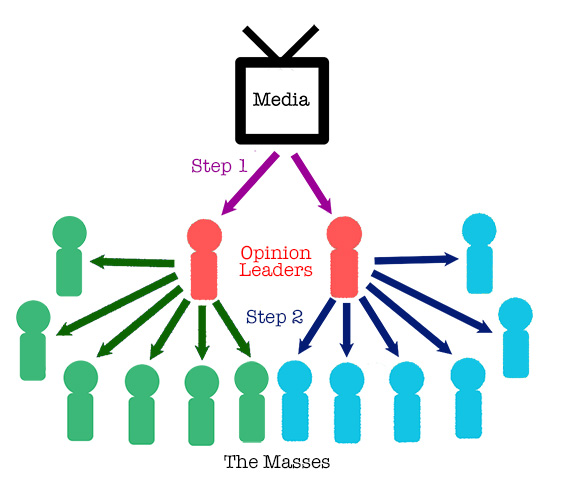ANALYSE THE RELATIONSHIP BETWEEN SIGNIFIERS AND SIGNIFIEDS IN THE TWO CSP GAMES COVERS.
The relationship between signifiers and signified in the two CSP games covers can be seen and analysed in multiple different ways. For example, feminist film expert, Laura Mulvey invented the concept of women being looked at in a very sexualised way by males in order to make them feel important and better about themselves, objectifying them. This is called the ‘Male Gaze’. For example, in ‘Tomb Raider’ the main thought as you look at the front cover is immediately the stereotype of women in a ‘man’s eyes’ in video games. This can be supported by the iconic signs such as the props Lara Croft is holding/has on her person, which symbolises her being strong, appearing more attractive to males. Another part of this to mention is the way Lara Croft has been portrayed with exaggerated body parts in order for the males to enjoy the game more, which of course is seen as reactionary.
While Tomb Raider can be seen as a very negative representation of feminism and is reactionary for its audience, you could also argue that it is radical. For example, the very fact that it shows a woman having the ability to be strong, involved in action and have the practice in firearms, proves that women do not always have to be the ‘damsel in distress’ as several videos ‘Feminist Frequency’ have posted explaining. Most video games that include female characters usually have them kidnapped or something happen to them at the beginning of the story, so the main character (a male) can save them from the danger, subtly hinting that women cannot save themselves. The quote “This poor representation of Asian women perpetuates the stereotype that they are meek, submissive, sexual objects who exist purely for men’s entertainment” from the article ‘Levelling up Representation’ indicates in detail about not only women in general but women with specific ethnicities being sexualised and objectified for men’s entertainment.
Another way that further explains this is the concept of ‘Feminist, female, feminine’ introduced by Toril Moi, where the difference between the three is explained, and how there is ‘male’ and ‘manly’ but no equivalent for ‘feminist’. This instantly shows that males have always had a sense of authority and hierarchy over females, which can be seen in the game cover of Metroid. The cover presents a very strong, manly character in a suit that can be described as ‘only male characters wear’. At the very end of the game, the manly character reveals themselves to be female. This suggests how nobody knows until the end of the game, many people who play the game automatically assume it’s a male because of the appearance in the ’suit’ and that stereotypically, women don’t present themselves that way, once again showing that males have more authority over women. Once Samus (the character) reveals to be a female, it shows that you will never know what gender the character is. Would it decrease sales of the game if it was known from the start that Samus was a female? When she reveals herself, she is massively over sexualised wearing a tight blue suit and has her hair in a long ponytail. The juxtaposition between a very ‘manly’, strong character who ends up being, yet another over sexualised female is major and should not be allowed.
In summary, I believe that the two game covers are reactionary for its audience, both males. For Tomb Raider, the character is female and extremely over sexualised, allowing customers to purchase the game more as they are attracted to the front cover. For Metroid, the character is male and is perceived as strong, again allowing the customers to buy it more as the male audience like the fact the character is strong and manly. Both are seen as reactionary and radical in their own ways and I personally think that they should do better and think about how they are perceiving women and how damaging that is.

